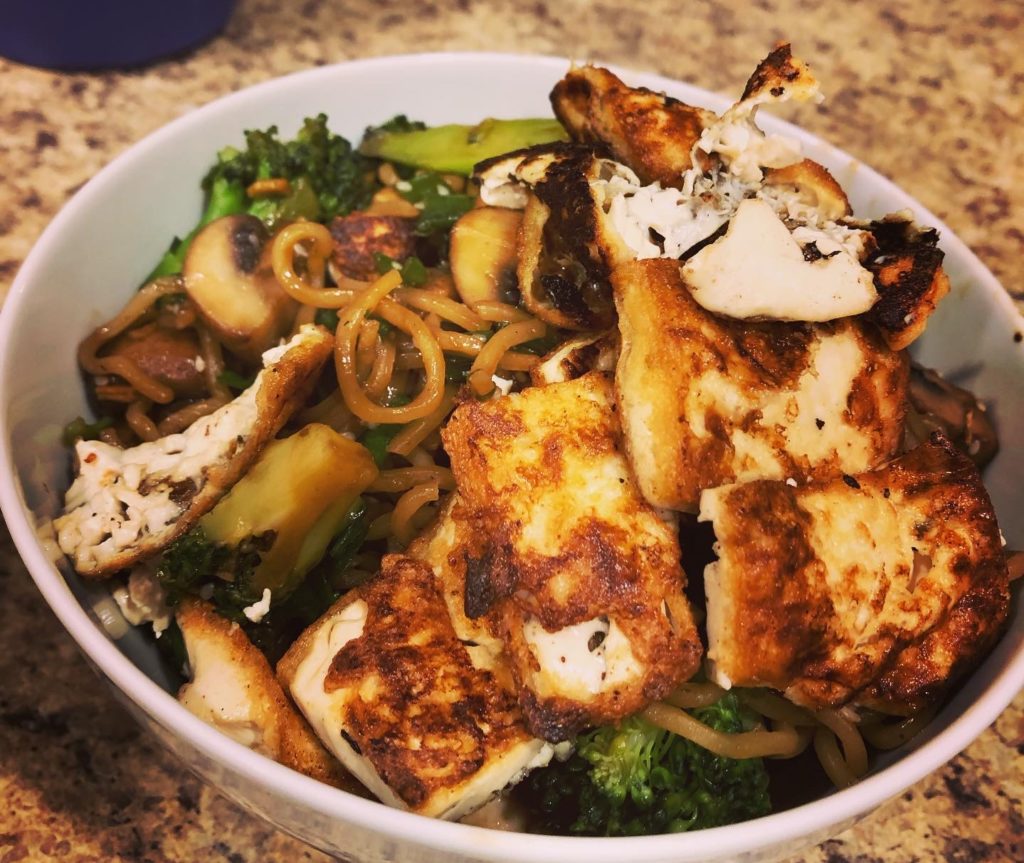How Can We Help?
Recipes, Nutrition, and Food Culture at Vashon Food Bank

Recipes, Nutrition, and Food Culture
Do you ever think about how to build a healthy food culture with your food bank customers?
One way for customers to share and create culture is through exchanging recipes with each other that utilize ingredients sourced from the food bank. Recipes can also be a good way to provide nutritional education to food bank customers and provide opportunities to work on valuable skills such as cooking, food preservation, and budgeting.
Cooking at home is one way to stretch an individual or family’s food budget. You will find that many of your food bank customers do a fair amount of cooking and are excellent resources to gather recipes to share with other customers. Ask your food bank customers passionate about cooking to share recipes with you so you can publish them for other customers to use. You can add the nutritional information to each recipe and even highlight the nutritional density of some of the ingredients to educate your food bank customers about how local produce is more nutrient-dense. Highlight seasonal produce used in recipes, as well as also staples that can be often found at the food bank year-round. One consistent staple of the Vashon Food Bank is pantry items supplied by the federal Emergency Food Assistance Program (TEFAP). TEFAP supplies food banks with fresh produce as well as shelf-stable items such as dried cranberries, dried plums, assorted nuts, canned tomato sauce, canned and dried beans, fresh eggs, flour, oats, peanut butter, vegetable oil, rice, and pasta. Familiar pantry items are essential to helping stretch an already tight food budget, but how can a person utilize all of these ingredients in simple recipes that provide the nutrients recommended by MyPlate.
You can also offer customers to send you photos of the meals they cook for themselves and family members using the recipes. Print recipes each week for customers and add them to their grocery distribution or grocery delivery bags. Allow customers to respond to feedback or suggestions. Another addition to recipes is to provide information about food preservation for your customers. This is very important when there’s an abundance of fresh seasonal produce in the food bank. You can encourage customers to take extra produce and also information about how to preserve the vegetable or fruit as a way to help it last longer in people’s homes. It is also another way to significantly cut down on consumer food waste.
Focus on sharing recipes that are approachable for home cooks of all skill levels and do not need any special equipment to complete. Recipes should list the equipment that will be needed to successfully complete each recipe; pick recipes with limited equipment needed, as not all of your food bank customers will have access to full kitchens or a variety of kitchen equipment. Include a clear ingredient list and instructions in each recipe as well. You can add nutritional information based on serving size to the recipe as well. Look up the nutritional information of each ingredient used in the recipe and then divide it by the total number of servings one recipe will make. You should include macronutrients and key micronutrients. Include a picture of what the completed recipe should look like as a guide for customers to follow. This may mean you will have to test out some of the ingredients or recruit a volunteer to help with testing out recipes and take photos of the cooking process. Eventually, you can expand a food culture program from gathering recipes to live cooking classes with volunteer, community, and customer participation alike.


